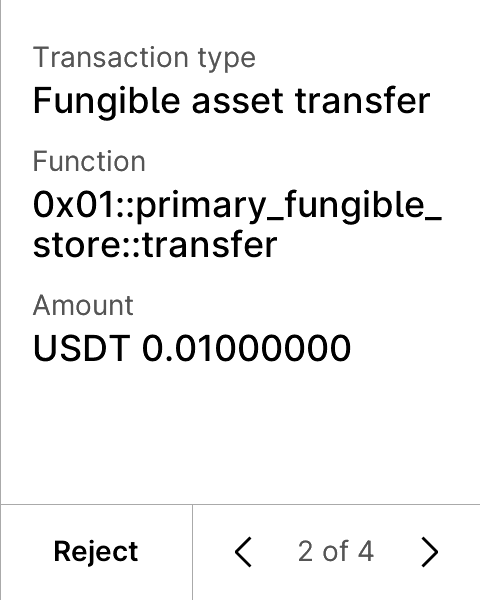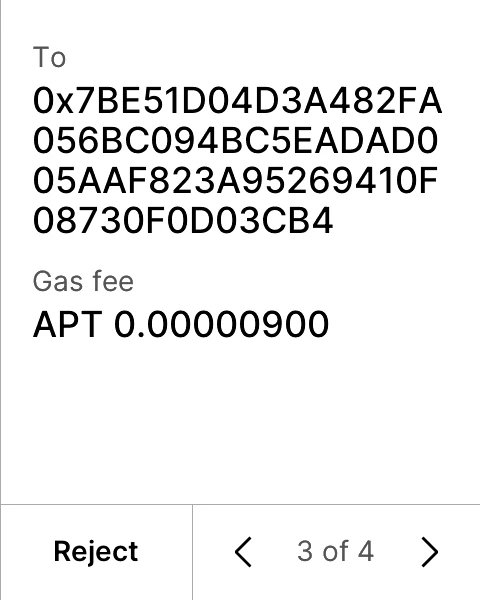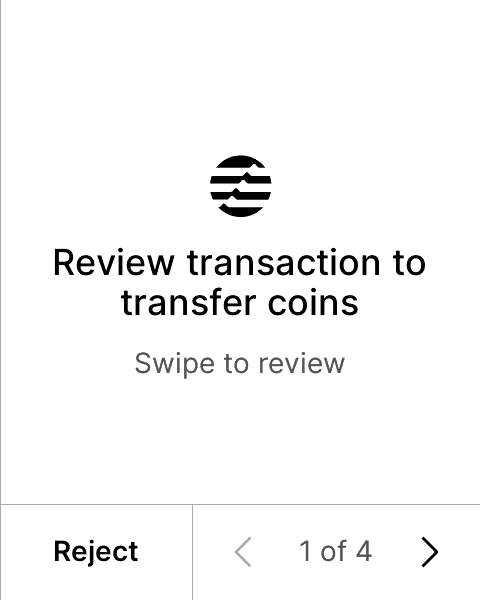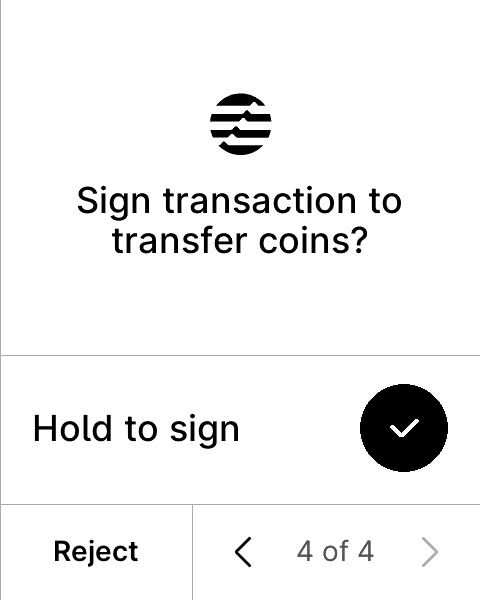Tokens device app support
The changes required to implement token support on the device app are straightforward and similar to the existing send feature implementation.
To support token transactions on the device, two main updates are required:
-
Add Clear signing and CAL Support: Integrate the CAL (Crypto Asset List) into the device app to ensure access to trusted token metadata.
-
Support New Transaction Payloads: Update the app to parse and sign new token-related transaction payloads.
Implementation notes
The exact changes depend on the existing app implementation, but generally include:
-
Parsing new transaction formats (that were added during implementation of send tokens on the LedgerLive side)
-
Hardcoding the CAL list directly into the device app
-
Updating UI screens to support new function types
-
Generating updated snapshots for token transaction flows
-
Adding tests to validate signing of new token transaction types
Clear signing and CAL support
Clear Signing is the feature that allows Ledger Wallet to show and verify on your device which token the user is sending (and not just showing a transaction to a smart contract)
- In order to make clear signing work, maintain a hardcoded list of supported tokens (CAL list), each including:
-
The contract address
-
The ticker
-
After parsing the transaction, extract the token’s contract address to check if the token is known in the CAL list, and use it to look up the ticker.
-
Update the transaction display so the amount is shown with the token ticker, providing clear context to the user.
Ensure the currency used for fees remains unchanged, this should refer to the main coin, not the token.
Example (from app-aptos):


Best Practices: First and last screen should describe the same action.
-
intent screens should always be: “Review transaction to X”
-
signature screens should be : “Sign transaction to X?”
Example:


Deployment process
1. Create the PR
- The CI must be green — this includes build, tests, and rule enforcement.
- PRs should always target the develop branch (used for testing), not the master branch (used for production).
- If the PR modifies the binary, the app version must be bumped.
- The PR must be cross-reviewed within the team.
- Request a security audit from the firmware team.
At this stage, do not merge the PR into develop.
2. Post-Validation and Deployment
- Request the firmware team to create a deployment ticket, providing the related PR link.
- The embedded app team performs final checks and merges the PR into the develop branch.
- The app is deployed to test providers.
- Perform final functional tests.
- Once validated, the embedded app team moves the app to production and merges develop into master.